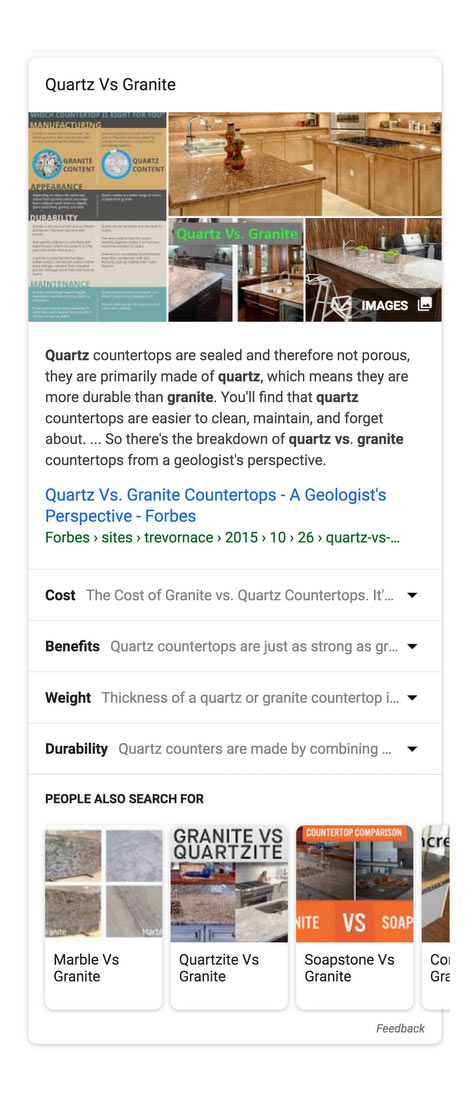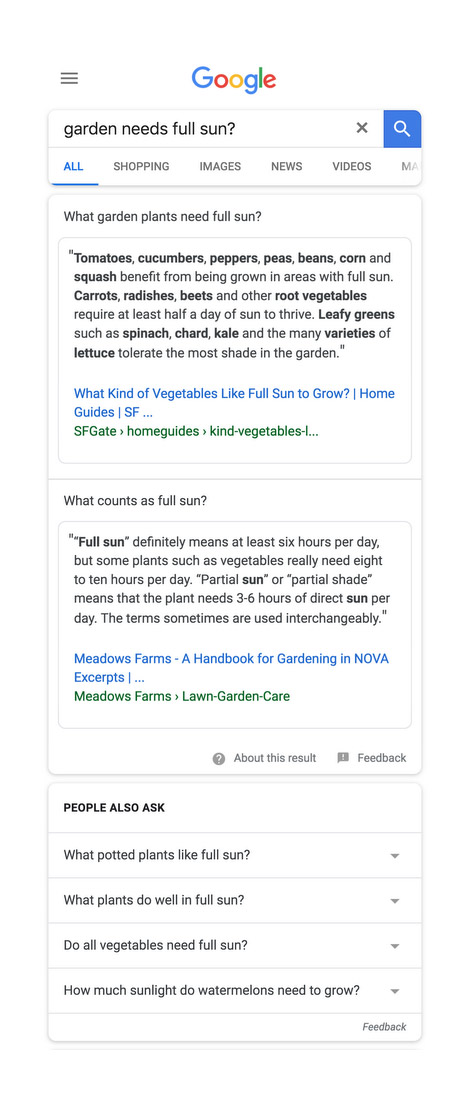
Google Search result pages are full of links. For the obvious, it's a search engine made to show the most relevant answers the web has to give.
But the problem with Google Search in showing links is that, there are just too many links. And this can be confusing for users and time consuming.
In a move to farther its search engine from presenting search results that are mostly a collection of blue links, Google continues an expansion of populating results with feature-rich cards and expandable tabs.
Google explained in a blog post that its tabs that are generated automatically, have been updated to pop up in search results so users can expand them. This is to include more information, details in snippets, as well as subtopics relevant to users' query.

Google's product manager Pierce Vollucci gave an example on how it works.
For specific types of queries, Google Search can show users the most relevant information faster than it previously can, by giving a glimpse of multiple aspects of a topic with a single search. This is by showing a panel with relevant subtopics where users can go deeper into.
Google said that the format is meant to help guide users with what's understood to be the most common, useful aspects of topics.
This is an improvement to the previous "multifaceted featured snippets" update which makes Google better in recognizing users' intentions.
"Sometimes the words we use to ask a question are broad and there could be several different interpretations of the question," explained Google in a February post. "With multifaceted featured snippets, we’re able to better understand your query and recognize when there could be multiple interpretations of that query."
Below is an example of a query ‘garden needs full sun?’. At that time, Google explained that it's able to recognize that it could be interpreted as ‘what garden plants need full sun?’ or ‘what counts as full sun?’ and offer featured snippets for both.

Google knows that showing more comprehensive results on its search engine could be helpful. This is why Google started its attempt to understand “multi-intent” queries, which are queries that have several potential intentions or purposes associated.
Google gave an example with the query "tooth pain after a filling." This could interpreted as "why does my tooth still hurt after a filling?" or "how long should a tooth hurt after a filling?"
As Google expands these multifaceted featured snippets, the search engine can cover a broader set of nuanced queries beyond just those “multi-intent” queries.
This way, Google is reducing the number of clicks users need to do before getting to the information they need, improving experience.